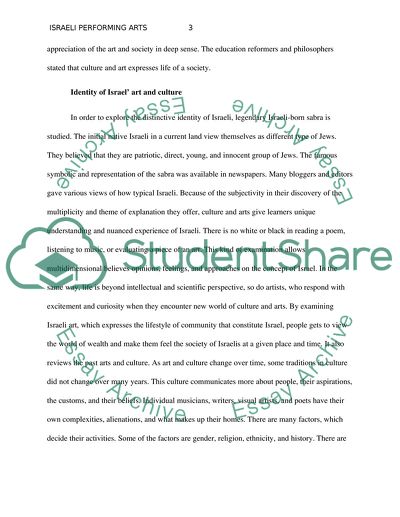Cite this document
(“Secular and religious expression in israeli performing arts Essay”, n.d.)
Secular and religious expression in israeli performing arts Essay. Retrieved from https://studentshare.org/visual-arts-film-studies/1625127-secular-and-religious-expression-in-israeli-performing-arts
Secular and religious expression in israeli performing arts Essay. Retrieved from https://studentshare.org/visual-arts-film-studies/1625127-secular-and-religious-expression-in-israeli-performing-arts
(Secular and Religious Expression in Israeli Performing Arts Essay)
Secular and Religious Expression in Israeli Performing Arts Essay. https://studentshare.org/visual-arts-film-studies/1625127-secular-and-religious-expression-in-israeli-performing-arts.
Secular and Religious Expression in Israeli Performing Arts Essay. https://studentshare.org/visual-arts-film-studies/1625127-secular-and-religious-expression-in-israeli-performing-arts.
“Secular and Religious Expression in Israeli Performing Arts Essay”, n.d. https://studentshare.org/visual-arts-film-studies/1625127-secular-and-religious-expression-in-israeli-performing-arts.


